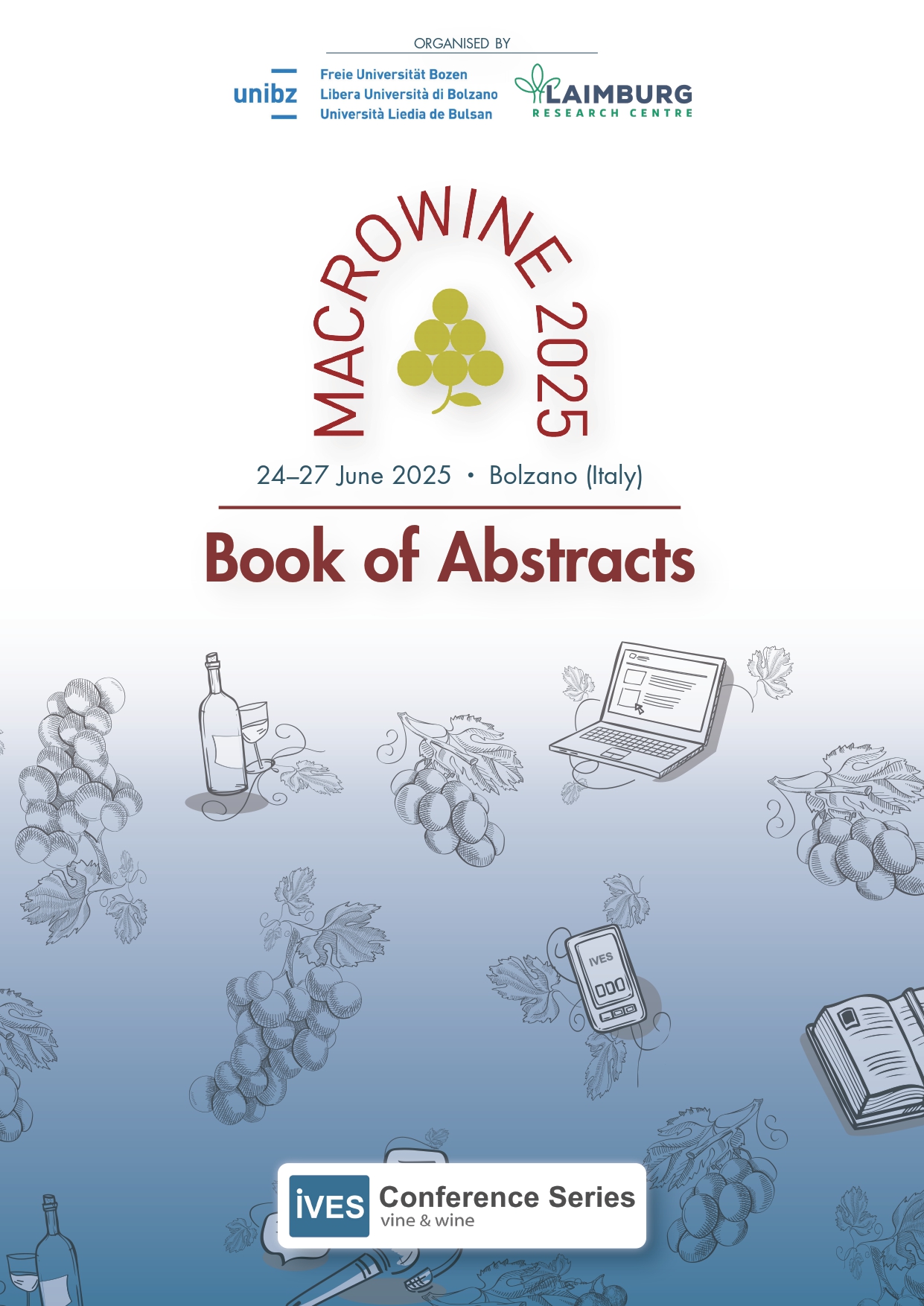The capacity of spectrofluorometric fingerprints to discern changes of wine composition: applications in classifying wine additives and tracking red wine maturation and ageing
Fluorescence spectroscopy combined with chemometrics has shown advantages in wine analysis due to being rapid, sensitive, and selective to fluorescent molecules. Especially due to the abundant phenolic compounds [1], the molecular fingerprints afforded by fluorescence spectroscopy can potentially be used to discern and track the change of wine composition, with two innovative investigations having been implemented.


